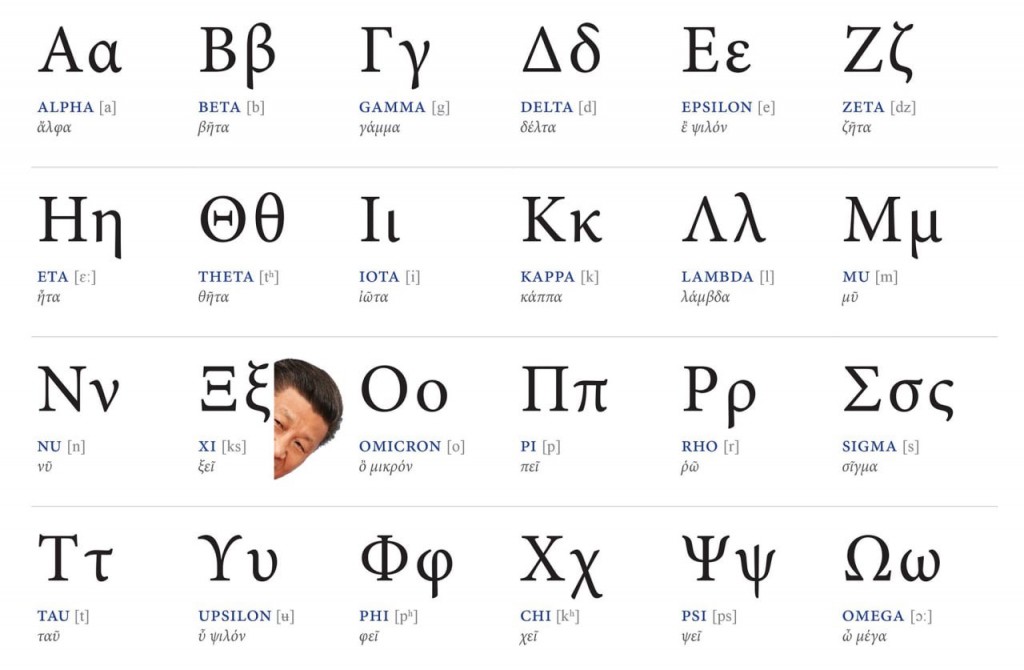Garbler of spices
A couple of days ago, we had occasion to come to grips with the word "garble": "Please do not feel confused" (8/19/22). This led Kent McKeever to write as follows:
Your recent use of "garble" has prompted me to pass on something I recently stumbled on. I have been poking at the digital files of the Newspapers of Eighteenth Century English newspapers and ran across a reference to the London city government position of "Garbler of Spices." From the context, it seems to be an inspector, perhaps processor, of spice imports. Totally new to me.
Totally new to me too.
Read the rest of this entry »

